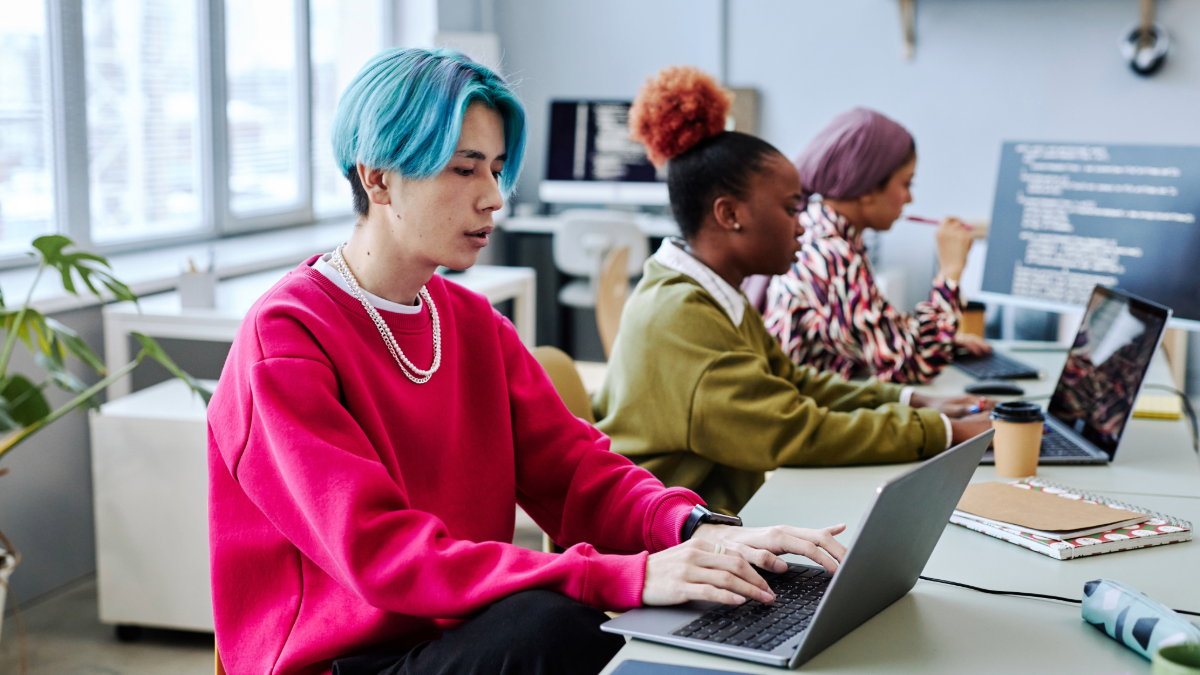Like so many leaders, you are thinking about meaningful inclusion and belonging initiatives for your organization. Your colleagues are eager to talk but don’t know where to start. And your commitment to diversity is strong and real.
But your people are taxed, many are working from home and feeling the year of disconnection, and the new post-COVID normal is still anybody’s guess.
Wouldn’t it be cool if you could design the perfect event—for all your associates—that signals your commitment to your colleagues, your stakeholders and your customers?
Sure you could, but it would be the wrong thing to do. Because if you opt for a “one and done,” it’s as though you’ve chosen the “never done.” Taking the easy or the fast approach to the hard work of examining race in the workplace is worse than doing nothing at all.
Here are five reasons you must avoid the one and done mistake:
You can’t change hundreds of years of history in one afternoon.
Systemic racism has permeated workplaces for generations. It’s embedded in job descriptions (that are so often written for a white male candidate), hiring assumptions, and outdated notions of cultural “fit.” It takes time to surface these assumptions and recognize them for what they are. You are more likely to sustainably change them when you and your colleagues discover them and address them together. Systemic inequity is complex. We can’t fix a complex problem with an easy solution.
You and your colleagues are in different places on the journey.
Anti racism isn’t a destination, it’s a journey. As writer and scholar Ibram X. Kendi explains, racism and anti-racism describe behavior in a particular moment: to be anti-racist is to admit those racist moments and continuously commit to keeping them in check. Some colleagues are only starting to become aware of our shared racist history, while others have experienced racism in deep and painful ways. A singular instructional event will never meet everyone where they are.
Because these are learning moments, not teaching moments.
Unlocking the multiplicity of experiences in your workplace is a more authentic learning approach than bringing in a one-size-fits-all intervention. The multilateral conversation will always be richer and more inclusive than unilateral instruction. Until we learn to hold and sit with divergent views, we can't change the complex systems that prevent inclusion. Persistence in learning means making the time for your colleagues to jointly reflect and openly discuss the impediments in your organization. This kind of learning can be disorienting and uncomfortable. In fact, the discomfort itself is a sign that you and your colleagues are on the right track.
The courage in “courageous conversations” is the consistency.
These are tough discussions. Courageous conversations require you and your colleagues to resist the temptation to shy away from uncomfortable topics, but to meet them head on with respect and emotional sensitivity. These new muscles take practice and conditioning – and a strong investment in psychological safety. Psychological safety happens when all your colleagues genuinely feel that it’s safe to take a risk, ask an uncomfortable question, openly disagree and make mistakes. But you can’t legislate or mandate psychological safety. It’s a collective understanding that arises only when held by each of the individuals on your team. And it takes – you got it – time and consistency.
Inclusion requires relationships. Authentic relationships don’t happen overnight.
The best learning engages us emotionally and socially. By learning together – sharing diverse personal experiences and perspectives – we get to know each other as human beings rather than simply as colleagues. These deepened relationships personalize our responsibility to eradicate systemic racism and workplace discrimination. Familiarity breeds empathy: we look after the people we care about and we care about the people we know.
Addressing the complexity of inequality doesn’t happen overnight. It takes time and courage and an approach that includes multiple voices. And it helps to establish a shared context, to invite people to the conversation, encouraging them to own what they know and what they need to learn.








